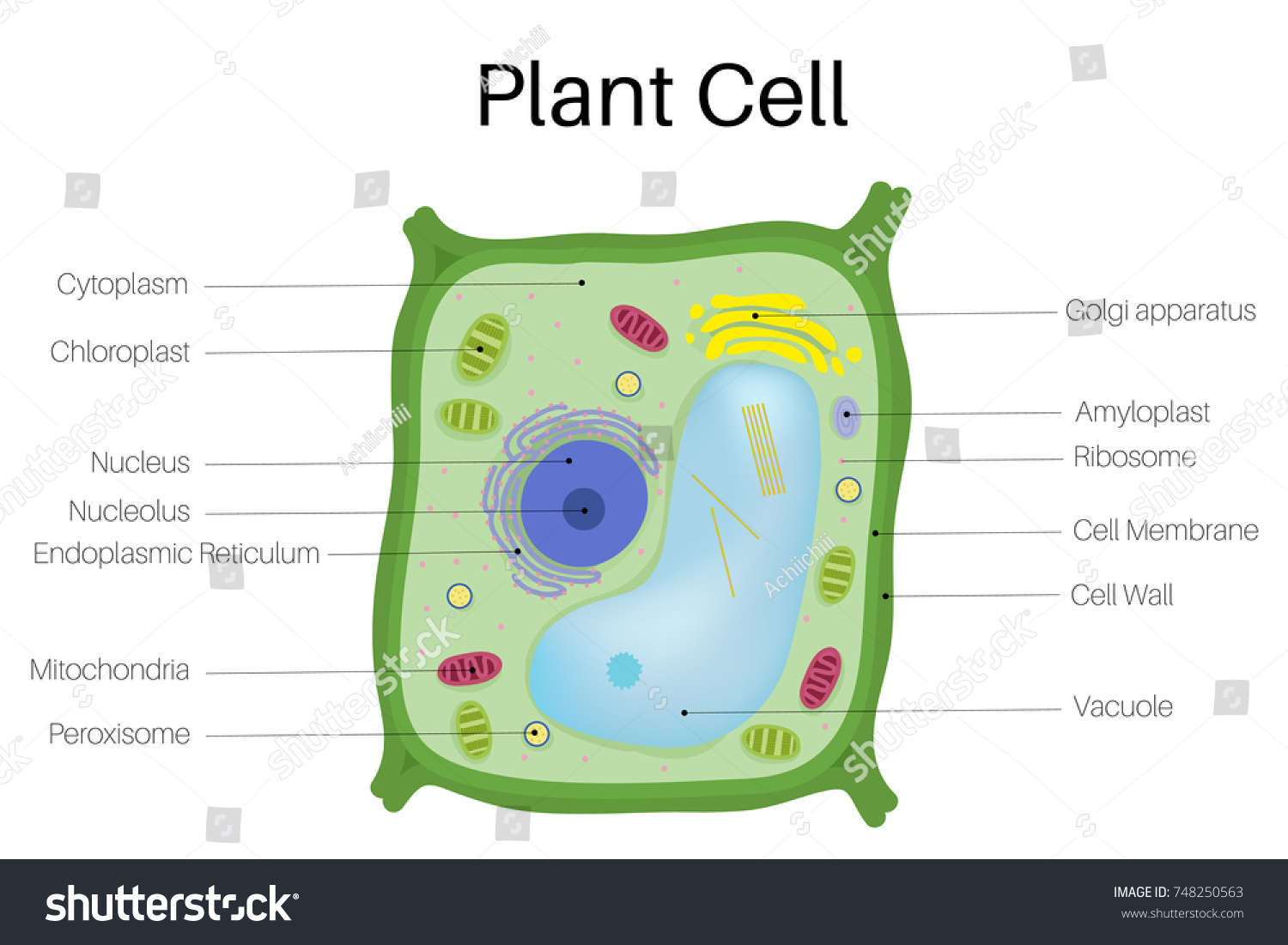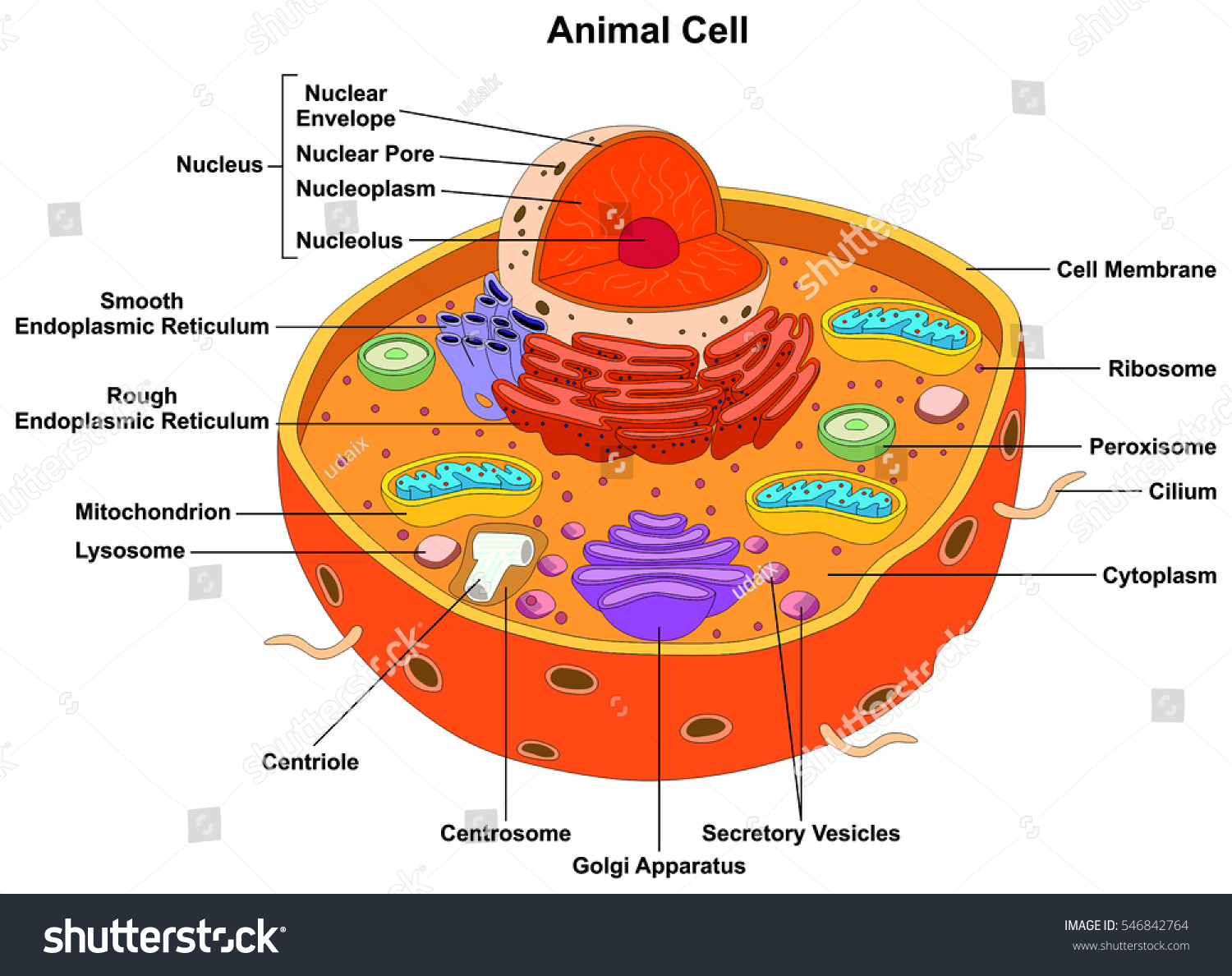Introduction
Due to the distinctive adaptations made by each cell type to the ecosystems they live in, plant cells and animal cells, two forms of eukaryotic cells, differ in a number of ways. A nucleus, endoplasmic reticulum, Golgi apparatus, lysosomes, and mitochondria can be found in both plant and animal cells. Basic life processes like protein synthesis, energy production, and waste elimination are carried out by these organelles. While there is numerous similarity between both, there are also several significant distinctions that show how each type of cell has uniquely adapted to its environment and role.
What is a cell?
The fundamental unit of life and the foundation of all living things is the cell. Robert Hooke used the term “cell” in 1665 to refer to the discrete entities he saw in a cork while using a microscope. Each metabolic process required for the survival and expansion of the organism is carried out by a cell.
Plant cell function
The main function of a plant cell is to carry out the metabolic processes necessary for the survival and growth of the plant. These processes include:
- Photosynthesis: Plant cells transform photosynthesis, which is then stored as sugar. Chloroplasts, specialized organelles present in plant cells, carry out this process, which is the plant’s main source of energy.
- Cell division and growth: Plant cells divide and grow to allow the plant to increase in size and produce new tissue.
- Transport: Plant cells are responsible for transporting water, minerals, and other materials within the plant. This is accomplished through the movement of substances across the cell membrane and through specialized structures such as the endoplasmic reticulum and Golgi apparatus.
- Storage: Plant cells store nutrients, waste, and other materials in specialized structures such as vacuoles.
- Waste management: Plant cells are responsible for removing waste and toxins from the plant.

Animal Cell Function
The function of an animal cell is to perform all of the metabolic processes needed for the survival and growth of the animal. These processes can be grouped into several main categories:
- Energy production: Cells must produce energy to carry out their metabolic processes. This is usually accomplished through cellular respiration, a process that takes place in the mitochondria and generates energy in the form of ATP.
- DNA replication and protein synthesis: Cells must be able to replicate their DNA and synthesize new proteins to allow for growth and repair.
- Response to signals: Cells must be able to respond to signals from their environment, such as changes in temperature, light, or chemicals.
- Communication with other cells: Cells must be able to communicate with other cells to coordinate their functions and work together as a unit.
- Contraction and movement: Some animal cells, such as muscle cells, are specialized for contraction and movement.

Difference Between Plant Cell And Animal Cell
Plant cells and animal cells are both eukaryotic cells, but there are several important differences between the two that are due to the unique adaptations of each cell type to the environments they live in. Some of the main differences between plant and animal cells include:
- Cell Wall: Animal cells lack a cell wall, but plant cells have a hard cell wall formed of cellulose that offers support and protection.
- Size: Plant cells are larger with rectangular shapes while animal cells are smaller and rounder.
- Vacuoles: Plant cells have large central vacuoles that store water and waste, while animal cells have smaller, more numerous vacuoles.
- Chloroplasts: Plant cells contain chloroplasts, which are specialized organelles that carry out photosynthesis, while animal cells do not contain chloroplasts.
- Mitochondria: Both plant and animal cells contain mitochondria, but animal cells typically have more mitochondria to meet their higher energy needs.
- Endoplasmic Reticulum and Golgi Apparatus: Both plant and animal cells have endoplasmic reticulum and Golgi apparatus, but they are more highly developed in plant cells.
Summary
A cell performs every metabolic task necessary for the organism to survive and grow. Even though both animal and plant cells are eukaryotic, there are several notable differences between the two as a result of the unique environmental adaptations that each type of cell has made. Plant cells have a strong cell wall made of cellulose that provides support and protection while animal cells do not have one. Compared to plant cells, which are often larger and more rectangular, animal cells frequently have a smaller, more spherical shape.
Frequently Asked Questions
1. Which cell organelles are absent from animal cells and only found in plant cells?
- Animal cells lack several cell organelles that are only found in plant cells, including:
- Cell wall: Unlike animal cells, which lack a cell wall, plant cells have a rigid cell wall made of cellulose that serves as support and protection.
- Chloroplasts: Animal cells do not have chloroplasts, which are specialized organelles that perform photosynthesis in plant cells.
- Animal cells have smaller, more numerous central vacuoles, but plant cells have a larger central vacuole that stores water and waste.
2. Why prokaryotic cell different from a eukaryotic cell?
Prokaryotic cells and eukaryotic cells differ in several important ways:
- Size: Compared to eukaryotic cells, prokaryotic cells are smaller and have a simpler structure. They only have a single circular chromosome for their genetic makeup, and they lack a nucleus or any other membrane-bound organelles. On the other hand, eukaryotic cells are significantly bigger and more complicated, with a distinct nucleus and some additional organelles that are attached to membranes.
- Genetic Material: Prokaryotic cells have a single chromosome of circular DNA located in the cytoplasm, while in eukaryotic cells it’s in the nucleus.
- Cell Wall: Prokaryotic cells are with rigid cell walls made of peptidoglycan, while eukaryotic cells have a more complex cell wall or a plasma membrane.
3. Name the different types of plastids.
Plastids are membrane-bound organelles found in plant cells and some protists. There are several different types of plastids, including:
- Chloroplasts: Chloroplasts are plastids that contain chlorophyll and are responsible for carrying out photosynthesis.
- Leucoplasts: Leucoplasts are plastids that are not involved in photosynthesis and are found in cells that do not need to produce food. They can function as starch or oil storage organelles, or they can produce and store pigments.
- Chromoplasts: Chromoplasts are plastids that produce and store pigments, such as carotenoids, which give plants their yellow, orange, and red coloration.
- Amyloplasts: Amyloplasts are plastids that store starch, which is a source of energy for the plant.
 Mission Statement
Mission Statement
“Empower every student to achieve full potential”
88Guru has been established with the social objective of making quality video-based learning material available to all Indian students. Technology, Connectivity and Social Media are rapidly changing the world of Education and we wish to lead the transformation of the tuition industry in India.
88Guru is the perfect complement to the current tuition model. 88Guru creates a wonderful opportunity for children and parents to bond while engaging in a valuable learning activity. It also provides the complete curriculum at your fingertips for those moments when you need some help at short notice. We believe that this mode of tuition could be transformational, adding hours to a child's day while providing complete control over the learning process.
Every course is taught by the best teachers from India's top schools and conducted in an engaging manner to keep students involved. The e-learning process consists of video-based instructions, computer-graded assignments, and a dashboard which allows the student and parent to track progress.


